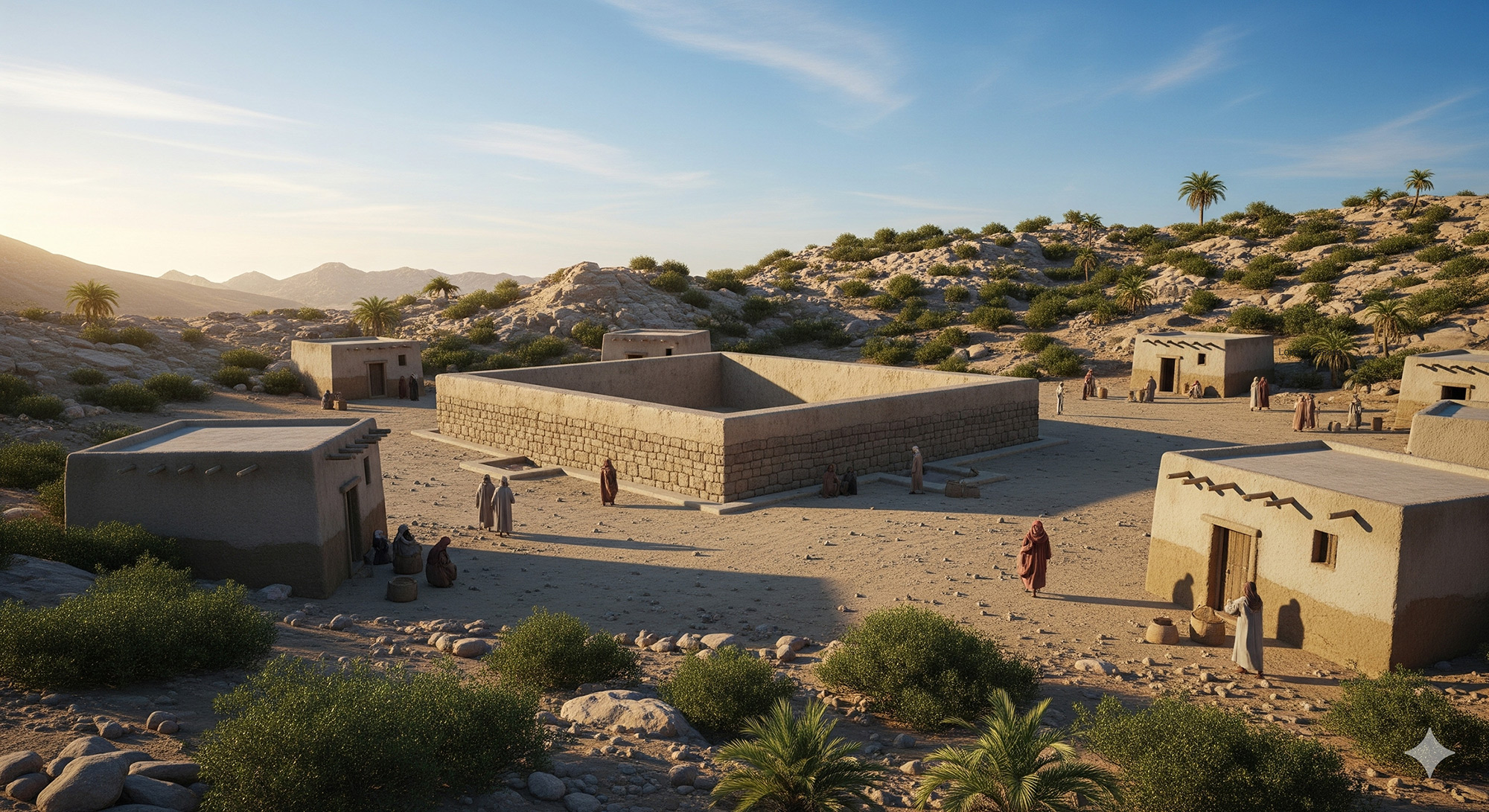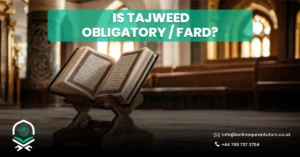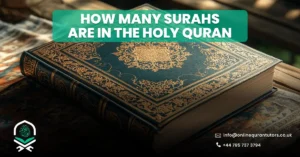1. The Child Who Asked Questions
Ibrahim grew up in a world where people bowed to idols made of stone. As a child, his heart was restless, and his eyes searched for truth. He looked at the stars, the moon, and the sun, wondering if they were lords of the sky. Yet each one disappeared—stars faded, the moon sank, the sun set. How could something that vanished be a god? His mind refused to settle on illusions. This gentle questioning became the seed of his faith. Children can learn from this that asking questions is not disobedience; it is a step toward discovering truth.
2. Breaking the Idols
As Ibrahim grew older, his heart filled with courage. He could not bear to see his people worship lifeless statues. One day, when the temple was empty, he broke the idols into pieces, leaving only the largest one standing with the axe placed beside it. When his people returned in anger, he calmly told them, “Ask the big idol, perhaps he knows.” Their silence was heavy, for deep down they knew the truth. Yet their pride kept them from admitting it. This moment teaches children that bravery means standing for truth, even when many disagree.
3. The Fire That Became Cool
The leaders of his people grew furious. They decided to punish Ibrahim by throwing him into a blazing fire. The flames rose so high that even birds could not fly over them. Yet when Ibrahim was cast into the fire, something miraculous happened. Allah commanded, “O fire, be cool and safe for Ibrahim.” The fire lost its heat, and Ibrahim stood unharmed within it. The people were astonished, but his heart remained firm in faith. For children, this story is a lesson that trusting Allah brings protection in the darkest trials.
4. The Journey of Migration
Ibrahim’s life was a journey across lands and deserts. With his wife Sara, he left behind the home of his childhood because truth could not live where falsehood ruled. He moved from one place to another, guided only by his trust in Allah. Though he faced uncertainty, hunger, and loneliness, he never wavered. His migration shows children that when life changes and the world feels strange, Allah’s presence makes every step lighter and every burden easier to carry.
5. Hajar and the Desert Cry
One of the most moving chapters of Ibrahim’s story is when Allah commanded him to leave his wife Hajar and their baby, Ismail, in the barren valley of Makkah. Hajar asked him, “Did Allah command you to do this?” When he nodded, she replied with courage, “Then Allah will not abandon us.” Soon, water ran out, and the baby cried with thirst. In desperation, Hajar ran between the hills of Safa and Marwa seven times searching for help. Then, by Allah’s mercy, water gushed forth from the ground at Ismail’s feet—this was the blessed Zamzam well. From this, children learn that patience and trust can turn despair into hope, for Allah always provides.
6. The Test of Sacrifice
Years passed, and young Ismail grew into a strong boy. Then came one of the greatest tests of Ibrahim’s life. In a dream, he saw himself sacrificing his beloved son. Dreams of prophets are commands from Allah, yet how could a father’s heart bear such a trial? When Ibrahim shared the dream with Ismail, the boy answered with remarkable faith: “Father, do as you are commanded. You will find me patient, if Allah wills.” With heavy heart, Ibrahim laid his son down, but before the sacrifice could happen, Allah replaced Ismail with a ram. The test was passed, and mercy triumphed. For children, this story teaches the power of obedience to Allah and the beauty of trust between parent and child.
7. Building the Kaaba
Later, father and son were given an honorable task. Together, Ibrahim and Ismail built the Kaaba, the sacred house of worship in Makkah. Stone by stone, they raised its walls, praying as they worked: “Our Lord, accept this from us. Make this a place of peace and raise from among our descendants a messenger to guide mankind.” Their prayer was answered centuries later with the coming of Prophet Muhammad. This moment shows children that when families work together with sincerity, their efforts live on as blessings for generations.
8. The Legacy of Faith
The journey of Prophet Ibrahim was marked by questions, courage, migration, patience, sacrifice, and devotion. He became known as Khalilullah, the Friend of Allah. His story is not just history but a mirror for every believer. Children can learn that faith is not always easy, but it is always rewarding. They can learn that courage and trust in Allah can turn fear into safety, loneliness into guidance, and trials into mercy. Ibrahim’s legacy is a light that continues to shine, reminding every young heart that Allah is always near, watching, protecting, and guiding those who seek Him.





